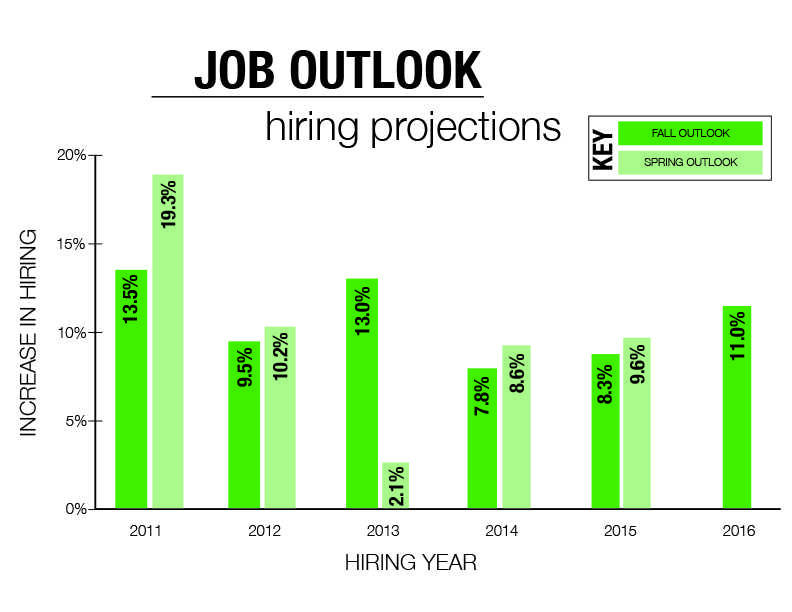

To do this, we create a new Group Policy Object (GPO) on one of our domain controllers. Our goal is to have these entries deleted and re-entered via autodiscover. If we look at the registry on the client computer we find our Outlook settings under the following path:Ĭomputer\HKEY_CURRENT_USER\SOFTWARE\Microsoft\Office\16.0\Outlook

To explain all steps in a comprehensible way, let’s first have a look at the initial situation. The solution is relatively simple, the only requirement is that the user is a domain user and the user is receptive for group policies.

#Outlook identity explanation how to
In this article I would like to describe a simple solution how to create a new Outlook profile remotely without the user having to do anything manually.

#Outlook identity explanation windows
One of the most common issues (at least for us) is that after a mail migration users need a new Outlook profile, but not a new Windows profile. If your able body, educated or financial stable, you have some privilege.During Exchange migrations my colleagues and I encounter various challenges. Positionality is also used in the context of race and can be found in the “woke-r” corners of the internet and popular discussion. For instance, in a 2018 music review for Autostraddle, an online community of queer women, writer Abeni Jones writes that artist “Mama Alto continues this tradition, weaving it with her experience and positionality as an Australian trans femme of color, and the results are beyond beautiful.” In the 2010s, positionality started spreading out of the academy and into more progressive, queer-identified, feminist media. Social workers may use positionality to think about how their own identity impacts how they work with clients of different backgrounds then their own: These are often included in published papers and are reflections on how the researcher’s positionality shapes their thinking and research. Researchers who rely on qualitative research like anthropologists, social scientists, and psychologists think a lot about their own positionality in something called a reflexivity or positionality statement. Positionality is a term widely used by feminist and queer theorists in academic spaces. Positionality asks people to understand and describe how gender and other identity markers inform how we see the world around us. Here’s a crash course in that concept if you want to learn more:Įven though gender isn’t an innate, stable characteristic of a person, it still exists and is politically relevant and consequential. Positionality was applied to gender and sexuality in a 1988 article by philosopher Linda Alcoff called “Cultural Feminism versus Post-structuralism: The Identity Crisis in Feminist Theory.” It’s not really a beach read, but to summarize: She was trying to figure out how feminists could understand women, broadly speaking, when it seems almost everything we know about women comes from a male context. In other words, she investigates how a patriarchal worldview creates blinders when we try to come up with “true” things about gender.Īlcoff further argued that one’s position as a woman, queer person, straight person, etc., isn’t inherent to us but rather it is created by social and political forces that are constantly changing. For example, if you’re an educated white man from Connecticut studying midwifery in sub-Saharan Africa, how might your identity and privilege-your social position- impact your research? That is the crux of positionality. When it was first used in the mid-1920s, positionality wasn’t describing social and political forces, but simply where things are in space in relation to other things-the nature of their position.ĭuring progressive movements in the 1960s, sociologists, anthropologists, and other social scientists started to wonder if there was such a thing as objectively observing a phenomenon (i.e., without being influenced by your own background). The term positionality first appears in epistemology, a branch of philosophy that studies how we know what we know.


 0 kommentar(er)
0 kommentar(er)
